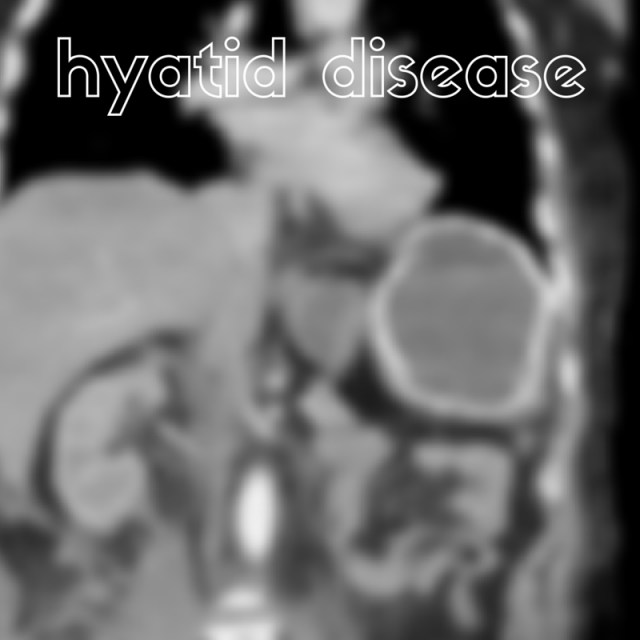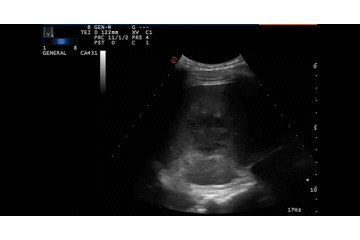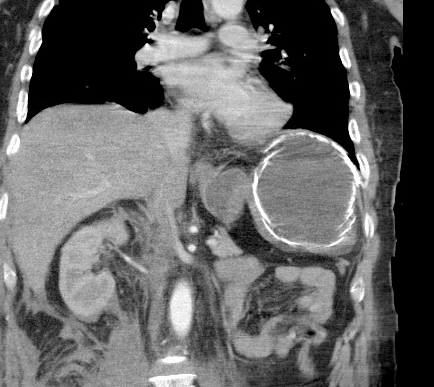
This can definitely be filed under the rare and obscure portion of EM. But i’ve seen it twice in 12 years, and was baffled both times so there you go…
- known as hyatid disease (definitely easier to spell) or echinococcus (and the bunny men) granulosum
- It’s a parasite duh
- Mainly acquired in the developing world from poo of course. Always the poo… (Update, my former Colleage, Dr Adler, an ID chap pointed out in the comments that’s faecoral from the animals – not the humans. We’re “dead end hosts”)
- Primary infection always asymptomatic and usually in childhood
- Clinical presentation is usually later (up to 50 years). You will see this (as I recently did) given increased immigration
- Symptoms are usually related to mass effect in the affected organ so they can be fairly broad
- Liver the commonest organ so it’s the type of thing you might see either incidentally or pathologically with your bedside ultrasound

- They can rupture and cause all kinds of funky spread
- Cysts can become calcified and appear clearly on plain films

- Important to stop your radiologist trying to biopsy one as they can precipitate spread or even anaphylaxis
- Diagnosis is usually a combination of imaging and serology
- Management depends on whether there are complications from the cyst or not.
- The more complicated it is the more likely surgery will be needed.
- If you just want to treat the parasitises then reach for the ever faithful albendazole.
- as always if you want some cool images click through for what Google has to offer
References:
- Rosen’s 8th Chapter 133
- UpToDate

Hey Andy, really enjoyed this post (as always!) It’s cool that you’ve been seeing cases like this in Dublin, I’m more than a little jealous.
One comment I might make (I’m getting into trop med these days, and hence getting a bit pedantic about these topics): it is certainly correct to say that echinococcosis is acquired from poo, but I would emphasise that it’s not human-to-human spread via the faeco-oral route, as humans are dead-end hosts. Dogs (and other canines) are the definitive hosts – they acquire echinococcus from eating sheep, and excrete eggs in faeces which are then accidentally ingested by more sheep or humans.
This can be a useful clue when taking a history, as exposure to sheep and/or sheepdogs is an important epidemiological risk factor; hydatid disease is rare in people who’ve spent their whole lives in urban settings.
Also, interestingly, while it is “mainly acquired in the developing world” it’s also seeing a resurgence in Wales! And also Belgium.
Keep up the great blogging!
Hugh